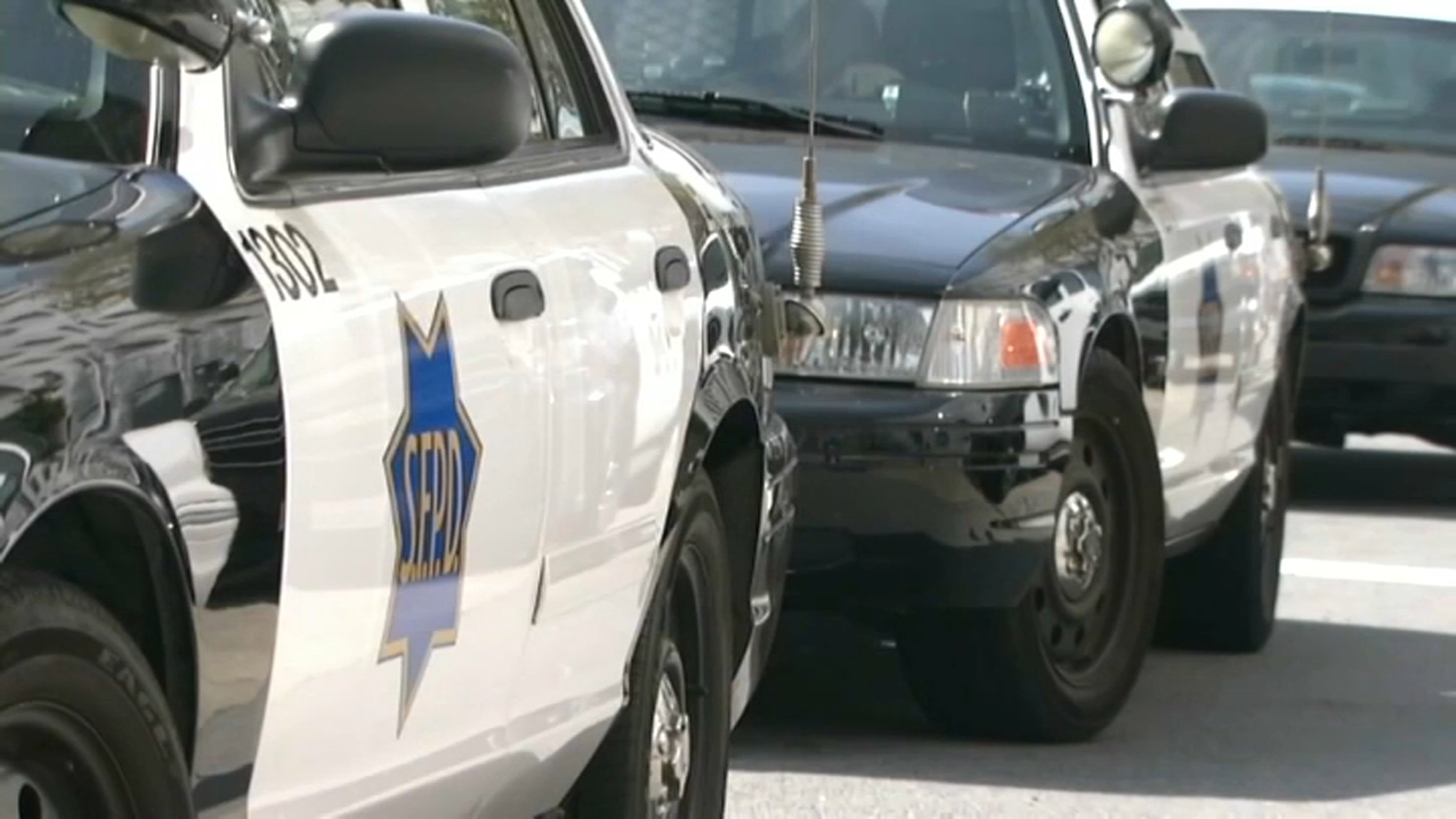Bay Area residents reported getting app alerts on the night of May 6 when a series of earthquakes were reported near Truckee, California. The largest of the quakes Thursday night registered as a preliminary 4.7 magnitude, with an epicenter 7.8 miles from Truckee, 27.1 miles from Reno, and several hours driving distance from cities like San Jose and San Francisco.
As of this morning, the California Governor's Office of Emergency Services said there were no reports of damages from Thursday's quakes, though Cal OES noted the events "offer an important and timely reminder" of why it's important to be prepared for future temblors.
The U.S. Geological Survey (USGS) issues ShakeAlerts, which are then sent out through a variety of public and private mediums.
Residents from the East Bay to the South Bay told NBC Bay Area they received Shake Alert notifications on their phones about this tremblor, even though they didn’t feel it themselves.
Why notify people 200 miles away about the quake?
Robert de Groot, the ShakeAlert National Coordinator for Communication, explained this happened because the first estimate of this earthquake’s size came in as a magnitude 6.0.
Local
Within a tenth of a second of that first estimate, USGS got an updated estimate that this earthquake was a magnitude 4.7. But by that time, the first alerts were already being delivered to the public by USGS’ partners, assuming the earthquake was a 6.0.
The challenge, de Groot said, was that the quake was first detected by one station which projected a larger magnitude than the quake ended up being.
Get a weekly recap of the latest San Francisco Bay Area housing news. Sign up for NBC Bay Area’s Housing Deconstructed newsletter.
“That really led to the fact that a larger area would get alerts at a very weak shaking level,” he added. "That’s why people in Santa Clara and San Jose and San Francisco got an alert.”
“The ShakeAlert system did exactly what it should last night,” de Groot told NBC Bay Area.
He explained that it took 17 seconds from the point this earthquake started, miles under the earth, to the time when USHS was able to produce the data that they sent off to their partners (who release the app notifications).
“That's really the hitch of it all, doing it fast and doing it right," de Groot said, though he acknowledged that the USGS “can certainly improve on” that 17 second turnaround.
He added that Thursday’s earthquake did not trigger an automatic Wireless Emergency Alert (WEA) which comes to your phone even if you don’t have an app (just as an AMBER Alert does). De Groot said his team has already been brainstorming solutions to ensure the WEA goes out on time when a quake is detected.
How to Get the Alerts
Didn’t get an alert about the earthquake near Truckee?
First, de Groot said you will want to make sure you have the alert apps downloaded. In fact, he recommends downloading multiple earthquake alert apps only on your phone.
- MyShake ™ app: This U.C. Berkeley developed app is sponsored by the California Governor’s Office of Emergency Services (Cal OES). This app is free and available for iPhone and Android users.
- The QuakeAlertUSA app: State and federal agencies worked with Early Warning Labs, LLC to make this free app. Its website says it's now live in California and Oregon.
- Android phone updates: Android phones with updated operating systems are automatically subscribed to Android Earthquake Alerts, which uses the same technology as the MyShake app.
Look for apps that are designed to give you an early warning for earthquakes, in hopes of giving you seconds to potentially take cover. There are other services that can provide earthquake information but do not provide early earthquake warning, such as the Earthquake Notification Service.
Shake Alert notifications are fairly new, USGS says the testing of these alert deliveries began in California in 2019. Shake Alert expanded to Oregon in 2021 and as of May 3, the ShakeAlert warning system became available in Washington.
Have these alerts on as many pathways and devices as possible, de Groot recommends. He also advises checking your app settings and volume to ensure your settings are configured to notify you (and to notify you for earthquakes that are farther away, if you wish).



